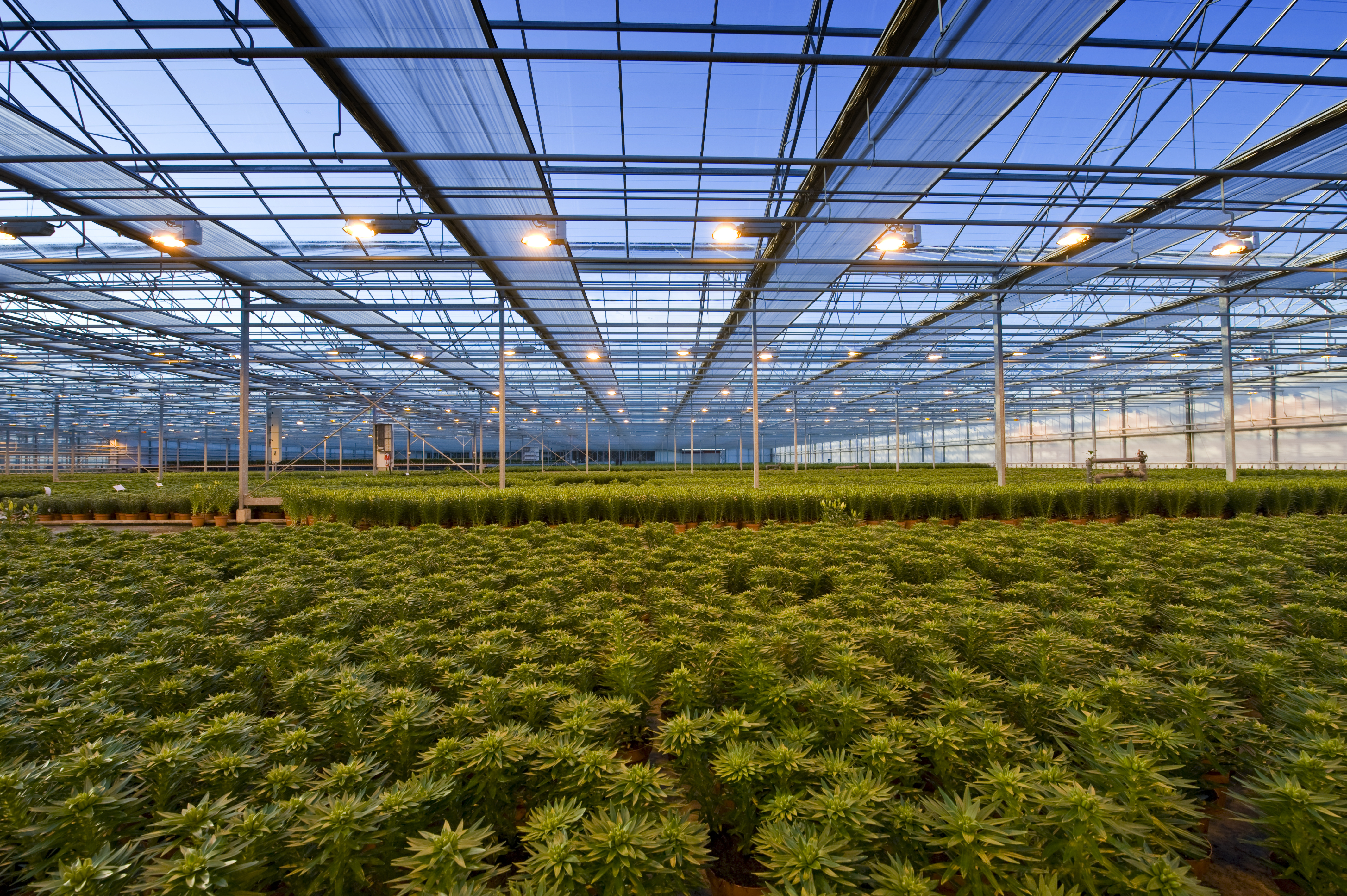Five cultural practices that will improve disease management
Integrate these steps into your IPM program to keep plants healthy and thriving.

While topics of new chemistries, technology and equipment are popular points of discussion in the green industry, the truth is, “The cleanest greenhouses are practicing good sanitation,” says Jen Browning, BASF Technical Service Representative. Coupled with proper applications and updated tools, keeping a clean house will be your best bet to thwart damaging diseases. Here are five tips for success:
1. Ensure your cuttings are healthy.
If you’re purchasing cuttings from a supplier, confirm that you’re receiving diseasefree material, Browning says. “That’s a significant source of disease coming in right at the start of propagation, then staying in production the entire [growing] cycle,” she adds. As an extra precaution, you can quarantine new cuttings by separating them out from your main production area to confirm they are clean or treat them.
2. Store media properly.
If you know your media will be in storage for a period of time before it’s used, keep it sealed in its packaging, away from production areas, and protected from the elements. “Sometimes media will get opened and dumped into bins where it’ll be fed into filling machines, and that leaves it very exposed,” Browning says. “If it sits that way over, say, two weeks in an open planting shed, you have a tremendous amount of wind and air movement that’s bringing in all kinds of potential pests, like pathogens and also insects,” she adds.
3. Keep clean containers.
As you pull plants out of containers that will be reused, gather those containers in one place and sanitize them before placing them back into rotation, Browning says. “With equipment, a standard routine helps – schedule a particular day of the month where major equipment is wiped down and cleaned and planting areas are sanitized,” she adds. Browning also notes that you’ll want to implement more frequent cleaning with smaller items like hand-pruners, cutting instruments, or grafting blades that make contact with plants more often.
4. Manage plant waste.
Weeds under benches, in walkways, and in other areas of the greenhouse may harbor weed seed, insect pests, mites and diseases, Browning says. Additionally, plants that are pulled for not meeting quality standards can also present a danger to plants in production – they may provide a refuge or food source for pests. When you’re throwing plants out, place them in a sealed container or bag, she suggests. “Some places will use a regular residential trash can with a lid on it, and that’s fine, but it needs to be emptied and removed from the greenhouse on a regular basis because people will forget and leave the lid off,” she says.
5. Limit unnecessary greenhouse foot traffic.
People act as vectors that can carry pests from clothes or shoes to equipment and plants. Depending on the type of crop you’re producing, you may want to have guests step through a wind block or wear protective clothing and footwear before entering the greenhouse. While it’s very common in vegetable production greenhouses, “You also see it in places where tropicals are produced – often those that are from tissue culture, like orchids,” Browning says, since plants from tissue culture are more susceptible to infections and predation by insects.
